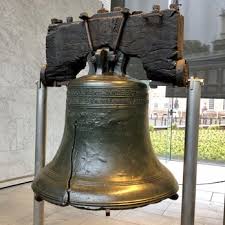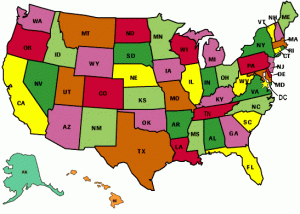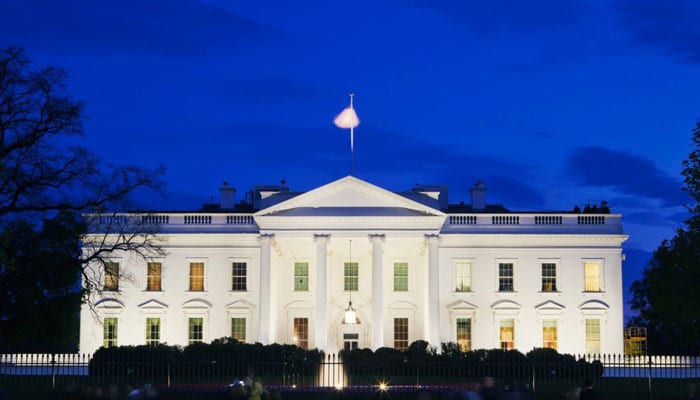Focus sur le système politique américain en anglais de prépa
Pour enrichir tes devoirs et progresser en anglais en prépa, que ce soit l’expression écrite, les khôlles pour préparer l’oral d’anglais en prépa ou les oraux des écoles, il faut des connaissances, de la matière première. Plus que résoudre les erreurs de grammaire, de syntaxe et de vocabulaire, les professeurs qui donnent cours en prépa s’attardent aussi sur le fond.
La capacité des élèves à restituer des événements, à connaître les dates importantes et à savoir comment fonctionnent les Etats-Unis, c’est de la culture générale qui est attendue ici, tout comme dans certains tests d’anglais comme le Toefl et le Toeic. Non, le Président étasunien n’a pas tous les pouvoirs et n’est pas élu au suffrage universel. Rien de mieux qu’un rappel du cours d’anglais sur le système politique américain pour se remettre les idées au clair. Il ne faut pas hésiter à ficher l’anglais en prepa HEC ou scientifique avec les dates et informations principales.
The Making of the United States
The War of Independence
On the 4th of July 1776, the colonies decided to take their independence and issued the Declaration of Independence: it was written under the leadership of Thomas Jefferson. The Declaration read this famous statement: “[that] all men are created equal, that they are endowed by their Creator with certain inalienable rights; that among these, are life, liberty, and the pursuit of happiness.”
The War of Independence – also called the American Revolution – lasted from 1775 to 1783. As early as 1777, Congress started to work on the future Constitution of the Confederation. However the 1777 draft, implemented in 1881 needed to be completed. Therefore, 55 delegates from all the states – there were 13 at the time – met in Philadelphia in 1787: this Convention produced a seven-article text – the American Constitution. Those who wrote it are called the Founding Fathers; among them, George Washington who was to become the first American President in 1789.

The American Constitution
The American Constitution was written in 1787 and ratified in 1789. It is composed of SEVEN ARTICLES that set up the institutions and the balance between the three branches of power: executive, legislative and judicial.
- The executive power = the Presidency
- The legislative power = Congress: The House of Representatives and the Senate
- The judicial power = The courts and the Supreme Court
The balance between them is called the Checks and Balances. For instance, Congress passes laws but the President has a right of veto, and the Supreme Court checks if they are respectful of the Constitution. Conversely, when the newly elected president – the president elect – chooses the members of his government, he merely ‘nominates’ them. They must be ‘confirmed’ by Congress. Therefore no arbitrary decision can be taken. That is what the seven articles of the Constitution explain.
In 1791, it was felt that the individual rights and freedom had not been stressed on sufficiently. Therefore the BILL OF RIGHTS was added to the Constitution. The Bill of Rights is made of the first ten AMENDMENTS to the American Constitution and is thus called because it focuses on individual rights. Throughout American history, new Amendments have been voted when it was deemed necessary.
To sum up, the American Constitution is based upon three fundamental principles
- The separation of powers
- The balance between the Federal State and the states
- The rights and freedom of each individual
The American Institutions
The President: elected for a four-year term and is allowed two consecutive terms (since 1951)
Congress: Congress is composed of a lower chamber, the House of Representatives, and of an upper chamber, the Senate.
The representatives – also called congressmen – are elected for a two-year term. The number of representatives for each state is according to its population; in a way they represent the “people” They are directly elected by the citizens and the whole House runs for (re)election every two years. The Speaker, the president of the House, is an important figure.
The Senators are elected for a six-year term also directly. There are two senators for each of the 50 states, regardless of their population; there are thus 100 senators, they may be said to represent the “states”. One third of the Senate is renewed at a time, every two years. After six years, the whole Senate has had to face an election
The Supreme Court: It is the last Court of Appeal. There are nine Justices, appointed for life by the President. They have the power of “judicial review” i.e. they decide whether the president’s, Congress’ or the states’ actions violate the Constitution.
American Specificities
Federalism
Each state has a three-branch government, collects its own taxes, votes its own laws and manages education, police, social affairs. As a result, the death penalty, for instance, may or may not be implemented in each state.

Numerous political debates can be understood in the light of the competition that exists between the states and the State. American citizens are very sensitive to these issues: the protection of the rights of the state is parallel to the American principle of individualism.
To them, the federal state should not intervene in areas linked with individual rights – hence, the refusal to implement any kind of control on the Internet network. Likewise, Americans’d rather trust their state in matters linked with everyday lives, moral issues etc. In US mainstream politics, there is a fundamental distrust of the federal state.
The 10th Amendment provides that any power not explicitly granted to the Federal State in the Constitution is automatically that of the states and the citizens.
The Supreme Court
Because it rules on whether laws and justice decisions are respectful of the constitution, he Supreme Court has had an influence in American history through particularly important rulings.
1896: Plessy vs Ferguson The Supreme Court rules that whites and blacks are “separate but equal”. This allowed an official segregation to go on in the South until the 1950s and the Civil Rights movement.
1954: Brown vs Board of Education of Topeka, KS It overrules the 1896 decision. School segregation is considered unconstitutional. Here again, the federal troops had to intervene to protect black children who went to formerly white schools because the local authorities refused the Supreme Court decision.
1973: Roe vs Wade Abortion is made legal (or possible – each state then decides).
The Elections
The Electoral System
In the United States, elections are held every two years, in November; Tuesday is election day in the U.S. At each election, citizens vote to elect:
- All their representatives
- Possibly their president – every four years
- Possibly one of their two senators – every six years.
- They also elect local representatives such as the sheriff, the President of the Board of Education as the police or education are managed at state level, and not in Washington.
- They also answer to a whole series of questions concerning local decisions. Some of these –when they were suggested by citizens – are called “Propositions”.
The Presidential Election
The presidential election is a very complex process. Here are the main steps you must be able to explain:
- The Primaries (from February to spring)
Each state holds a primary election in which “delegates” are chosen. Delegates will then go the convention of the party to which they belong and choose the Party candidate. So at this stage, candidates from the same party are actually in competition, it is not yet Republicans against Democrats.
Basically, no two states use the same procedure in the Primary. What you must remember is that either all the citizens of a state (open primary) or only the citizens registered in a party (closed primary) choose delegates according to what candidate they want to support. So they actually choose the future presidential candidate of their party.
- The Convention (August)
The delegates of each party meet and vote according to the wish of the citizens of their state. There is no surprise. At the convention, the official candidate of the party is announced, along with his running mate, who runs for vice-president. In the US, there is a presidential “ticket” (i.e. president + vice-president run together), not just a presidential candidate.
- The Election (November – December)
The popular vote (Early November). Again, the procedure is complex because American citizens do not directly elect their president. They vote for a list of electors10, who will then vote for the president. The number of electors for each state corresponds to the population of the state. Therefore heavily populated states weigh more and it is important for a candidate to win them. (California, Texas, New York, Michigan). Indeed, if the result in California is 49% for the Democrats / 51 % for the Republicans, the Republicans will get all the 54 electoral votes of the state; the electors will respect the rule of “winner takes all”
- The electoral vote (Mid-December)
The total number of electors is 538, a candidate must get 270 to be elected. As for the convention, the electoral vote in December is no surprise as electors vote according to the result of their state. A state gives all its electoral votes to the candidate who had the majority in its state in November.
- The Inauguration (January)
Only on January 20th of the following year, does the President take office. He is inaugurated: he takes the oath on the Bible.
The period from November to January is called the lame-duck. The president who is to leave is called the incumbent president. The president to be is called the president-elect.
- Travailler les langues en prépa HEC
- Séjour linguistique en prépa HEC
- Réussir l’anglais aux concours en prépa HEC
- Méthode de l’essai d’anglais en prépa HEC
- Réussir la version d’anglais en prépa HEC
- Méthode du thème d’anglais en prepa HEC
- Synthèse de document en anglais en prépa HEC
- Fiche d’anglais en prépa HEC sur l’esclavage aux Etats-Unis
- Fiche d’anglais en prépa HEC sur le système politique au Royaume Uni





